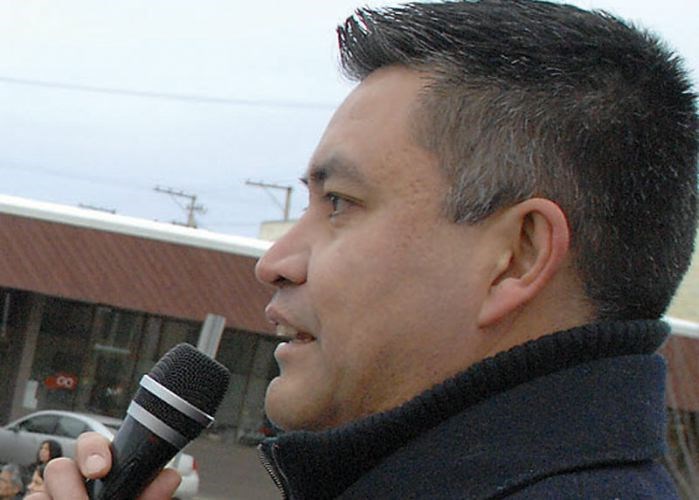A report that echoed past calls for a national response into missing and murdered aboriginal women put Prince George in the same company as Vancouver’s Downtown Eastside - as the province’s most dangerous regions for aboriginal women.
The report is just one more reason for a national inquiry, said Prince George lawyer Mavis Erickson of the international body’s report.
“It’s such a dismal picture, but I think that the Inter-American Commission has done a good job in bringing the issues to light and making the statement that murdered and disappearances of indigenous women and girls are a social phenomena,” she said of the document, released Monday.
“The ongoing sexual discrimination and racial discrimination that First Nation women face is incredibly hard and it’s taken its toll.”
The 125-page report said Canada’s “history of colonization, long-standing inequality, and economic and social marginalization [are] the root causes of violence against indigenous women.”
The Inter-American Commission looked at B.C. because the province had the highest number of missing and murdered indigenous women: 160 cases - or 28 per cent - of the national total of 582, a number collected in 2010. Since then the RCMP has increased the suspected cases of murdered and missing women to more than 1,000.
Erickson was involved in the commission’s consultation process in August 2013, alongside regional aboriginal groups including the Carrier Sekani Tribal Council.
“We talked about the many social issues that First Nations have to address in terms of being a minority and being basically one of the many victims of poverty and also being in a marginalized position in society,” said Terry Teegee, Carrier’s elected chief.
Tegee too called for a national inquiry, noting the similarities in experience across Canada, but pointed to issues particular to the province’s north.
“Up here we have many issues in regards to safe travel along the highway. There’s also outstanding issues with our trust relationship with the police.”
One of the report’s major recommendations relating to Prince George was for the government to “immediately provide a safe public transport option along Highway 16,” dubbed the Highway of Tears.
It echoed the words of provincial Missing Women Inquiry commissioner Wally Oppal in 2012, to "immediately commit" to establishing a public transit system along Highway 16, which drew from a 2006 symposium on the 724-kilometre stretch that called for seven shuttle buses to improve safety.
The Highway of Tears covers a wider geographic area than just Highway 16 - and as such the RCMP's Project E-Pana is dedicated to those murdered and missing within a mile of Highways 16, 97 and 5. In total 18 women have been identified between Valemount and Merritt since 1969, though the Vancouver Sun expanded the criteria beyond the one-mile limit to come up with 31 cases.
In September the province came under fire for funding cuts to the project, which now sits at $800,000 from a high to $5 million, a shift B.C. said was due to restructuring temporary positions into permanent special projects unit, still in the realm of serious crimes.
Although the commission’s report acknowledged provincial and national efforts to address the issue, Erickson said nothing of substance has changed since the consultation, except “more women have gone missing.”
Erickson, who was at one time the province's Highway of Tears co-ordinator, also expressed frustration with “Canadians in general [who] have a difficult time dealing fairly with any indigenous issues.”
Erickson has also worked with aboriginal communities to promote safety for First Nation women. The lack of resources on reserves when it comes to domestic violence or any kind of violence is a major problem she said, especially when much of the violence is at the hands of aboriginal men.
“That makes the problem even more delicate,” said Erickson, and one more reason for a national inquiry.
Erickson said the report is an embarrassment for the Canadian government and shows it is in breach its duties under international human rights law.
Despite what she called a “dismal picture,” both Erickson and Tegee said they are encouraged by the report.
“The more pressure [government] feel from the international stage, the better it is for us to get some work done in terms of the many missing and murdered women that have historically been ignored,” Tegee said.



